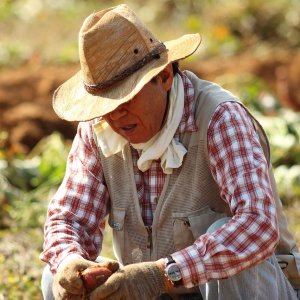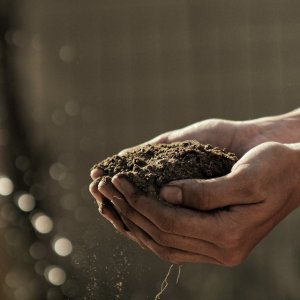
Agriculture 4.0, Training Needed To Keep Growth Momentum
Mexico is an agricultural powerhouse. In 2017, the country’s livestock, fishing and agricultural production, including fruit and vegetables, totaled 30.7 million tons with a value of MX$853.7 billion (US$44.6 billion). With exports in 2017 accounting for US$32.58 billion, the agricultural sector is a top performer in Mexican exports, just behind the automotive and manufacturing industries. “All in all, the agricultural sector is performing well and continues to grow,” says Juan Carlos Anaya, Director General of GCMA. “Growth for the past three years has been above the country’s GDP gains.”
Multiple free-trade agreements that have helped the country’s assert itself on the global landscape have proven beneficial to the agricultural sector. However, Bosco de La Vega, President of the National Agricultural Council, says continued modernization of the sector is of utmost priority. “We need to work on what is called ‘Agriculture 4.0.’ We need to work on having an intensive agriculture sector, modernized and supported by research, and we need to train our personnel to generate more opportunities.” Implementation of new technologies not only helps to reduce production prices but also to provide a better income for farmers. Javier Valdés, Director General of Syngenta Latin America North, says the use of enhanced seeds can help in that regard. “Seed genetics have a major impact on what farmers harvest; our research focuses on that. We develop hybrid materials that allow seeds to tolerate different temperatures, droughts, pests and diseases.” Even a small increase in productivity can generate major increases in farmers’ income, according to Valdés. “For every 1 percent increase in farm productivity, income is likely to rise between six and seven times.”
Generating added value is a must to improve agricultural activities and their impact on social and economic development. “Generating products with added value in the agricultural sector is a priority for us. We have examples of meat companies generating their own production chains, a process that is being replicated for pork and rabbits. We have seen companies that process fruits and vegetables also riding this wave of added-value products. It is a matter of exploiting what we already have,” says de la Vega.
However, modernization does not come easy, particularly for small producers. Íñigo Pérez-Rasilla, Director General of Sofagro, says the private sector can play a key role in alleviating this issue. “Financing in the agricultural sector has the same problems as other sectors. The largest and most sophisticated producers find financing relatively easily,” he says. "Unfortunately, farmers tend to have limited resources and do not have the money to invest in technology. This is where the private initiative can promote modernization.” The cooperation between large private players and small producers to which Pérez-Rasilla refers is contract farming, which he says has become fairly popular in the last few years. “Small and medium farmers who work for large traders receive investment to modernize their production processes, build greenhouses and buy better seeds and agrochemicals. This results in a win-win situation for both farmers and marketers.”
TWO FACES
Despite being a top performer of the Mexican economy, agriculture faces many problems, one of the most serious being low wages and the stark contrast between small farmers and large agricultural producers. “Mexican agriculture has two faces and the industry is highly fragmented. It is necessary to understand that, unlike other sectors, there are no great players that completely control the sector. We need to nourish the places and farmers that have the greatest opportunities for growth,” says Luis Tejado, President and CEO of BlueDrop Agroforestry. “The country’s arable land is limited, which means that to increase production it is necessary to help producers. Modernization includes not only implementing new methods for growing crops but also changing the crops that are traditionally grown,” says Pérez-Rasilla.
Regardless of the sector’s productivity, the stark contrast in the Mexican agricultural sector has reached an unsustainable point, according to de la Vega. “There is significant migration from rural areas, which combined with the average age of farmers of around 58 years, generates a significant problem. We need to find ways to retain younger people.” De la Vega says the sector is already working toward the creation of more educational opportunities for farmers. “We have already signed a project with the Ministry of Public Education through which SEP provides scholarships and we provide part-time jobs.” Technology can also play a key role in retaining people. “We want to help farmers stay in their local communities and not migrate to larger cities or to the US. The only way to achieve this is to make their activities more profitable and attractive,” adds de la Vega.
















